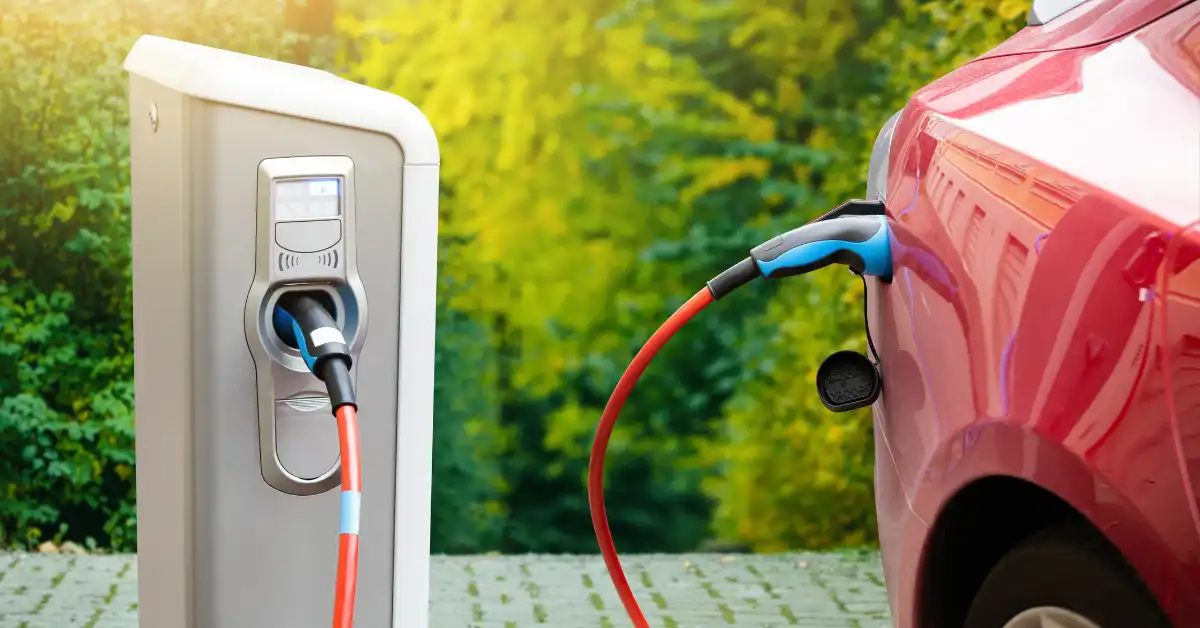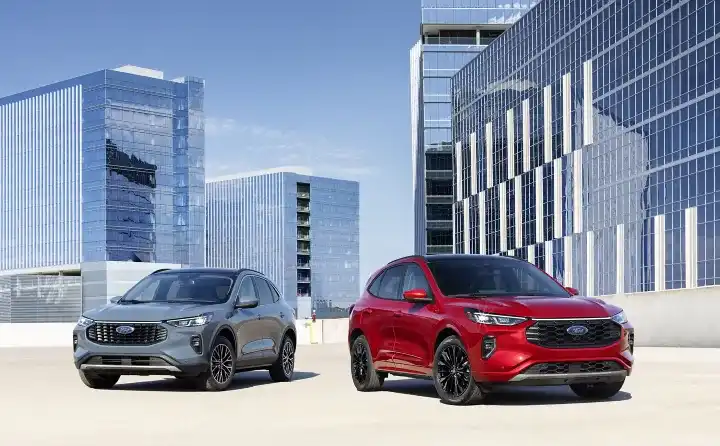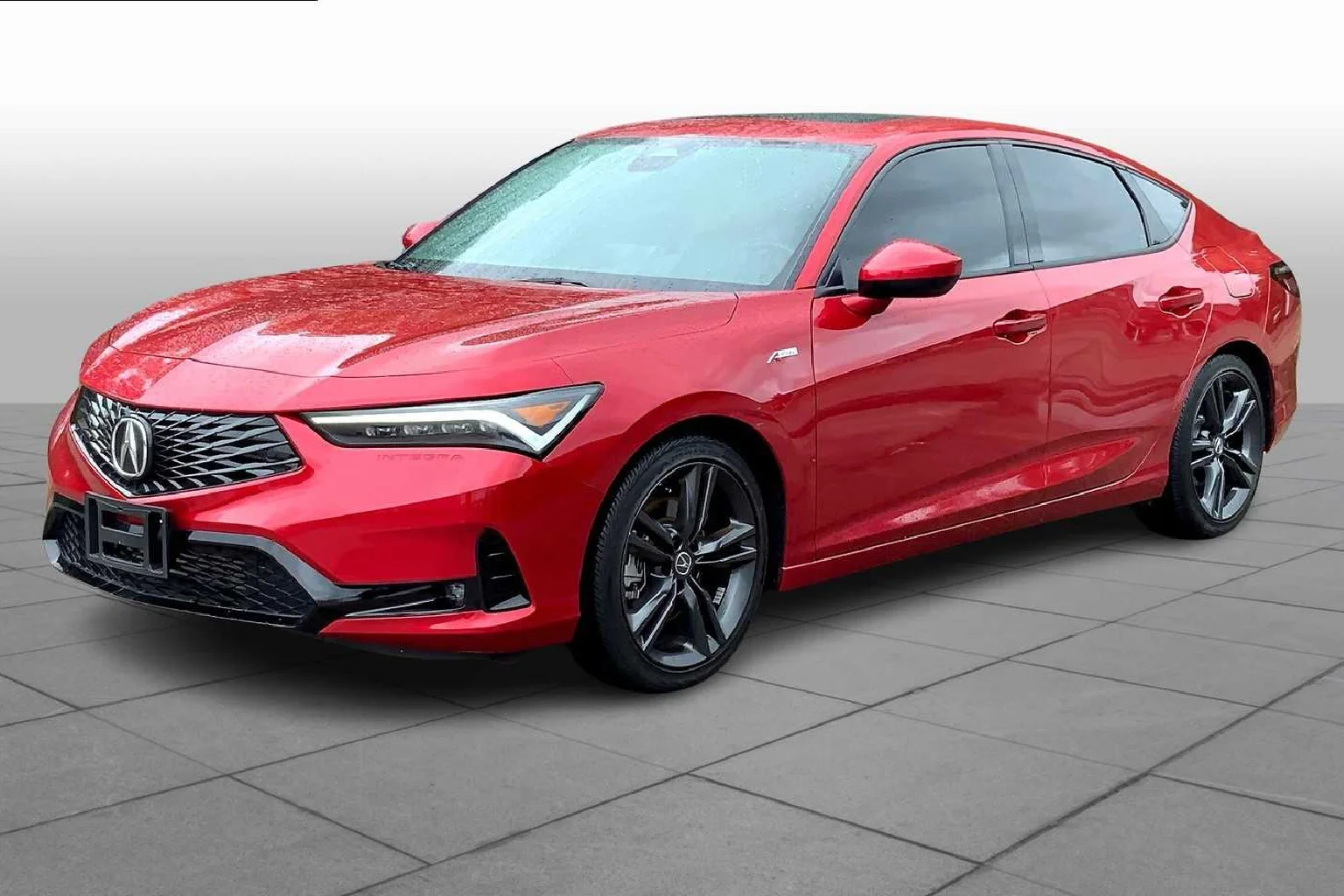Table of Contents
ToggleIntroduction: What You Should Know About Honda Pilot MPG
If you’re looking for a midsize family SUV that balances comfort, space, and reliability, the Honda Pilot has likely crossed your mind. But a big question most buyers ask before making the decision is—how efficient is the Honda Pilot MPG in real driving conditions?
With rising fuel prices and growing awareness about mileage, knowing how far your car can go on a gallon matters more than ever. The 2025 Honda Pilot now comes with smarter engineering, better tuning, and useful features that improve gas mileage. Let’s break down everything you need to know about the Pilot’s fuel economy—both in the city and on the highway.
Honda Pilot MPG at a Glance
| Trim Level | Drivetrain | City MPG | Hwy MPG | Combined MPG |
| Sport/EX-L (FWD) | Front-Wheel | 19 | 27 | 22 |
| Sport/EX-L (AWD) | All-Wheel | 19 | 25 | 21 |
| TrailSport | AWD | 18 | 23 | 20 |
| Touring/Elite | AWD | 19 | 25 | 21 |
| Real-World (Fuelly) | Mixed | — | — | ≈19.6 |
| Reddit Early Report | FWD | — | 16–18 | — |
| Best Reported Hwy | FWD | — | 27–28 | — |
| Fuel Tank Capacity | — | — | — | 18.5 gal |
| Max Estimated Range | — | — | — | ~470 miles |
| Average Rivals MPG | — | — | — | 21–23 |
EPA-Rated Honda Pilot MPG: Official Numbers
According to the official EPA estimates, the Honda Pilot MPG varies depending on the trim and drivetrain. Front-wheel-drive (FWD) models get around 19 MPG in the city and 27 MPG on the highway, with a combined figure of 22 MPG. If you choose an all-wheel-drive (AWD) version, you can expect around 19 MPG city and 25 MPG highway, averaging 21 MPG combined.
The more rugged TrailSport trim, with added off-road tuning and equipment, averages 18 MPG in the city and 23 MPG on highways, totaling about 20 MPG. While these figures are respectable for a midsize SUV, it’s what real drivers experience that tells the full story.
Real-World Honda Pilot MPG: What Drivers Are Saying
Fuel economy numbers shared by the EPA don’t always match the real-life experience. Websites like Fuelly collect driver-reported mileage over thousands of miles, and they show the average combined Honda Pilot MPG is about 19.65 MPG.
Some owners of newer models, like the 2025 Touring FWD, reported on Reddit that they were getting just 16–18 MPG in early driving stages. While that may seem low, most vehicles improve after the break-in period. After crossing 1,000–3,000 miles, many owners noticed fuel efficiency settling in around 22–24 MPG on highways with smoother driving.
Why Honda Pilot MPG Can Vary So Much
Understanding why your mileage may differ from someone else’s comes down to a few key reasons:
Driving habits play a big role. If you brake hard, accelerate fast, or drive at high speeds, your MPG will be lower. Similarly, urban stop-and-go traffic uses more gas compared to open highways. Your choice of drivetrain also matters—FWD models typically offer better MPG than AWD versions because they’re lighter and less mechanically complex.
Also, the TrailSport model is heavier and built for off-road use, which reduces efficiency. Even things like cold weather, underinflated tires, or carrying too much weight in the car can make your Pilot burn more fuel.
What Powers the Honda Pilot?
The 2025 model comes with a powerful 3.5-liter V6 engine that puts out 285 horsepower, matched to a 10-speed automatic transmission. The engine also features Variable Cylinder Management, meaning it shuts down some cylinders when full power isn’t needed—like cruising at low speeds. This helps save fuel in calm driving situations.
This V6 might sound like a gas guzzler, but thanks to Honda’s smart tuning, it gives a decent balance between power and efficiency for a three-row SUV. Paired with an aerodynamic design and lighter platform than older models, it explains why Honda Pilot MPG isn’t too far behind the class average.
Honda Pilot MPG vs the Competition
In a market crowded with options, how does the Honda Pilot stack up against its rivals?
The Toyota Highlander Hybrid beats most in this category with a whopping 36 MPG combined, but it’s a hybrid and costs more upfront. The Ford Explorer gets about 22 MPG combined, while the Kia Telluride and Hyundai Palisade average around 21–23 MPG depending on configuration.
This means the Honda Pilot MPG is right in the middle—not the best, but definitely competitive, especially if you’re sticking with gas-only models.
Tips to Improve Your Honda Pilot MPG
Here are a few simple habits that can help stretch your gas tank a bit further:
Always check your tire pressure. Low pressure increases rolling resistance, which uses more fuel. Drive gently—no sudden braking or fast acceleration. Use Eco mode when available to reduce fuel use. Keep the weight down—don’t carry extra items in the trunk. And avoid idling for long periods. All these little habits can go a long way in helping you improve your Honda Pilot MPG.
Is Honda Pilot MPG Good Enough for Long Trips?
Absolutely. While it’s not a hybrid, the Honda Pilot still offers a strong range thanks to its 18.5-gallon fuel tank. At 22 MPG combined, you can easily get over 400 miles per tank in most driving conditions. That’s perfect for road trips, weekend getaways, or visiting family across cities without needing frequent refuels.
So whether you’re cruising on the highway or picking up kids from school, the Honda Pilot MPG keeps your journeys fuel-smart without sacrificing size or comfort.
Conclusion: Should You Worry About Honda Pilot MPG?
The Honda Pilot MPG may not be the highest in its class, but it holds its own with dependable, realistic numbers. With smart driving and regular maintenance, you can easily get above 22 MPG on highways—even more if you’re careful. And when you pair that with Honda’s reputation for reliability, comfort, and spacious interiors, the trade-off feels more than fair.
If you want a practical, roomy, and fuel-conscious SUV without switching to a hybrid just yet, the 2025 Honda Pilot is a solid choice.
Frequently Asked Questions About Honda Pilot MPG
Q1: What is the average Honda Pilot MPG in real-world driving?
In real-world conditions, most drivers report getting between 19 to 22 MPG combined. Highway MPG can go up to 27 or 28 with smooth driving, especially in FWD models.
Q2: Does the Honda Pilot TrailSport have lower MPG?
Yes, the TrailSport trim tends to get lower MPG due to its heavier weight and off-road tuning. It averages about 18 MPG city and 23 MPG highway.
Q3: How does the 2025 Honda Pilot MPG compare to Toyota Highlander?
The regular gas-powered Highlander is similar, but the Toyota Highlander Hybrid easily beats the Pilot with around 36 MPG combined. However, the Pilot offers a traditional V6 with more power and towing capacity.
Q4: What kind of fuel does the Honda Pilot require?
The Honda Pilot runs best on regular unleaded gasoline. You don’t need premium fuel, which helps keep running costs lower.
Q5: Can I improve my Honda Pilot MPG with eco-driving habits?
Absolutely. Using Eco Mode, avoiding hard acceleration, keeping tires properly inflated, and reducing extra weight can all help improve your Honda Pilot MPG.
Q6: Does the Honda Pilot have a hybrid version?
As of 2025, Honda has not released a hybrid version of the Pilot. It still uses a traditional gas engine, but future hybrid or plug-in options may come.
Q7: Is the MPG different between FWD and AWD models?
Yes. Front-wheel-drive Pilots generally get better MPG than all-wheel-drive ones, especially on highways due to reduced mechanical drag and weight.
Q8: What is the fuel tank capacity of the Honda Pilot?
The Honda Pilot has an 18.5-gallon fuel tank, which gives it a potential range of over 400 miles per tank depending on your driving style.
Q9: Is 22 MPG good for a midsize SUV like the Pilot?
Yes, 22 MPG combined is average and acceptable for a three-row SUV with a V6 engine. It’s not class-leading, but it’s balanced with the Pilot’s performance.Q10: Where can I find official Honda Pilot MPG ratings?
You can check official fuel economy ratings on the EPA’s fuel economy website or visit Honda’s official page for updated model details.
I’m Waqas, an electric vehicle enthusiast and tech writer with over 6 years of experience covering the EV industry. I write in-depth articles, comparisons, and reviews to help readers understand the fast-evolving world of electric mobility. From battery technology to EV launches and charging trends, I aim to make complex EV topics simple, engaging, and informative for everyday drivers and curious readers alike.




